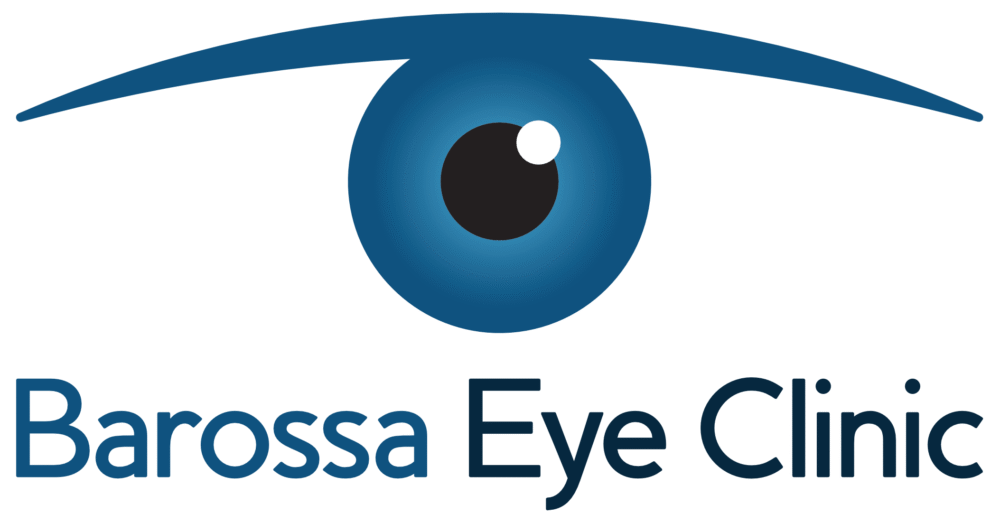Despite its serious implications, glaucoma is often symptomless in its early stages. Vision loss caused by glaucoma is irreversible, making early detection and ongoing management essential. With timely diagnosis, regular monitoring, and adherence to treatment, the progression of the disease can be significantly slowed. This is why Barossa Eye Clinic strongly recommends routine eye examinations—at least once every two years.
Certain populations are more susceptible to glaucoma. For example, individuals of white European descent face a higher risk, with prevalence rates of 2% in those over 40 and 10% in those over 75.
Types of Glaucoma
Recognising Glaucoma Symptoms
Glaucoma Treatment
Glaucoma Risk Factors
Anyone can develop glaucoma. However, like all medical conditions, glaucoma is more prevalent in certain groups of people:
- The over-40s: Glaucoma is widely accepted to be most prevalent in patients over the age of 40, where it occurs in 2% of the population. The likelihood of developing glaucoma is dramatically heightened in patients over the age of 75, where it occurs in 10% of the population.
- Genetics: Family history of glaucoma can significantly heighten your risk of developing the condition (like all medical conditions). Patients who have a close relative (parent, sibling or child) with glaucoma should undergo an eye examination at least once a year to monitor the condition.
- Ethnicity: Patients from an Afro-Caribbean ethnicity come at a significantly higher risk of developing open-angle glaucoma. Patients of this ethnicity are also more likely to develop the condition earlier on in life. Meanwhile, patients of an East Asian ethnicity are significantly more likely to develop closed-angle glaucoma.
- Other eyesight impairments: Other eyesight prescriptions, including myopia (also known as ‘short-sightedness’) may increase a patient’s risk of developing open-angle glaucoma.
- Drug use: Extended use of steroid-based drugs can significantly increase your risk of developing the condition.
- Other eyesight impairments: Other eyesight prescriptions, including myopia (also known as ‘short-sightedness’), may increase a patient’s risk of developing open-angle glaucoma.
Other medical conditions: Other medical conditions, especially diabetes, can increase your risk of developing forms of glaucoma.
Detection
Glaucoma can be detected during Barossa Eye Clinic’s meticulous pre-assessment examination, which includes an advanced 11-dimension eye scanner.
Learn about more popular eye conditions such as Dry Eye Syndrome and Astigmatism with Barossa Eye Clinic
Bring your world into focus. To hear more about our treatments, our free suitability assessments or to book a consultation, get in touch with Barossa Eye Clinic todayOther medical conditions: Other medical conditions, especially diabetes, can increase your risk of developing forms of glaucoma.Drug use: Extended use of steroid-based drugs can significantly increase your risk of developing the condition.Glaucoma can be detected during Barossa Eye Clinic’s meticulous pre-assessment examination, which includes an advanced 11-dimension eye scanner. Learn about more popular eye conditions such as Dry Eye Syndrome and Astigmatism with Barossa Eye Clinic.
